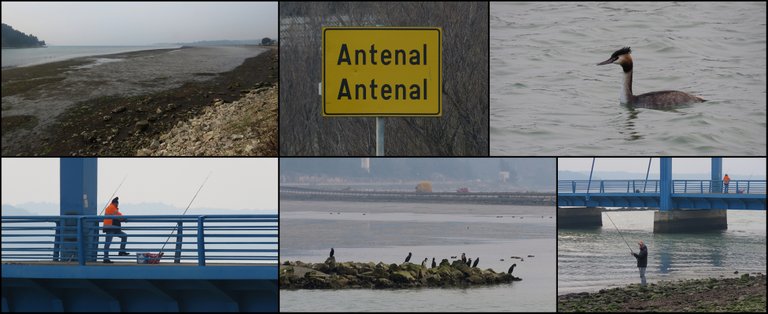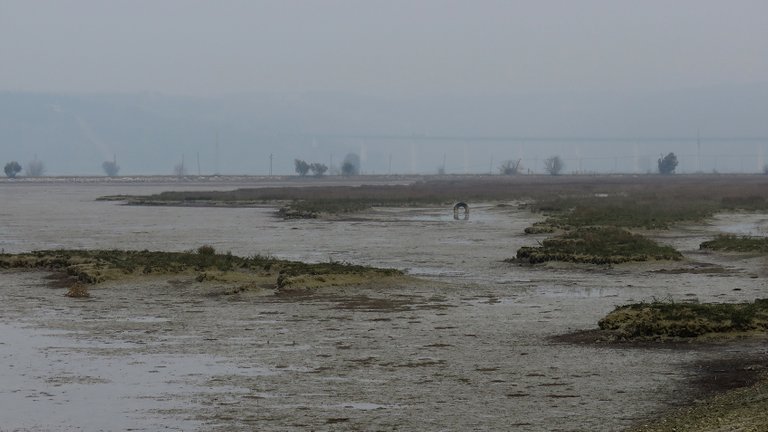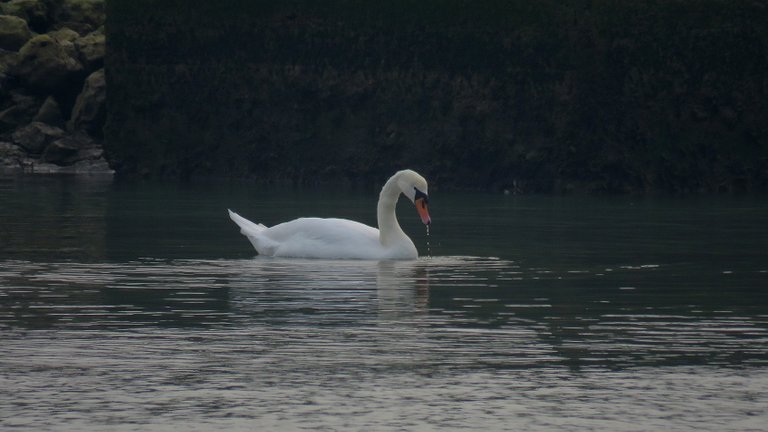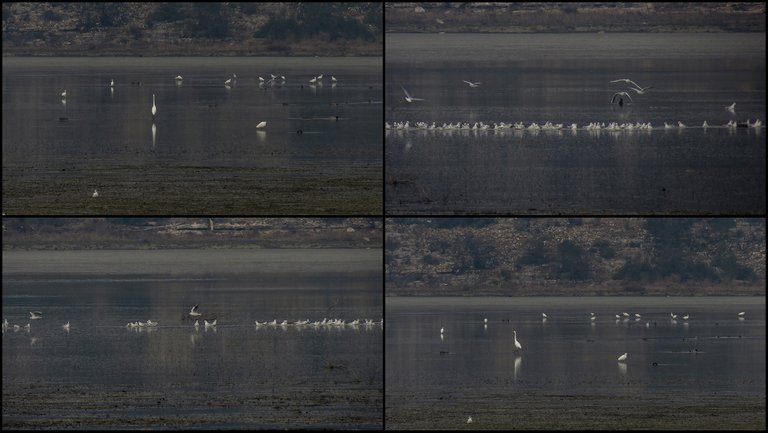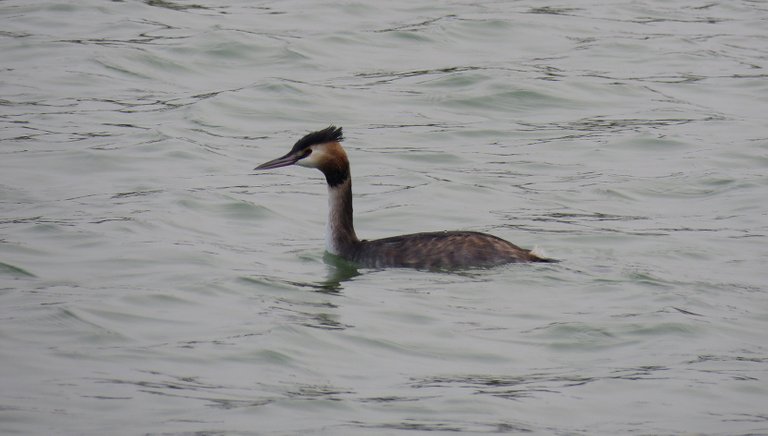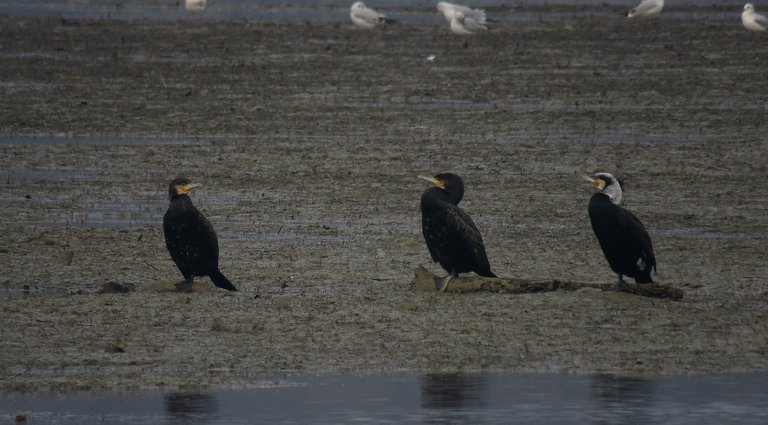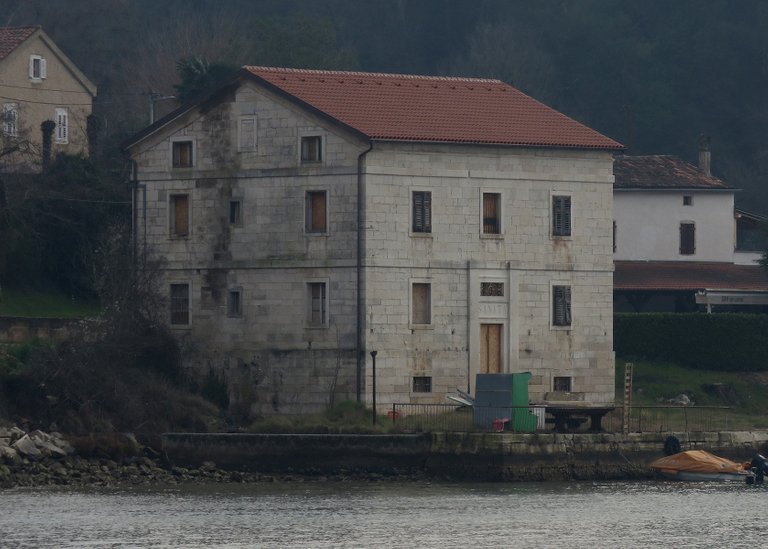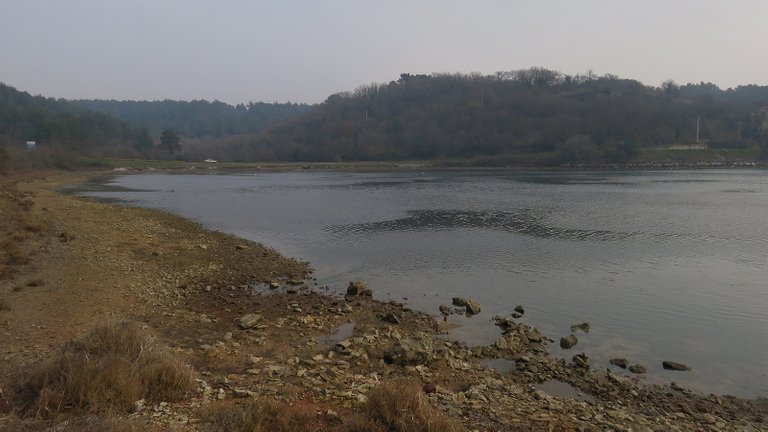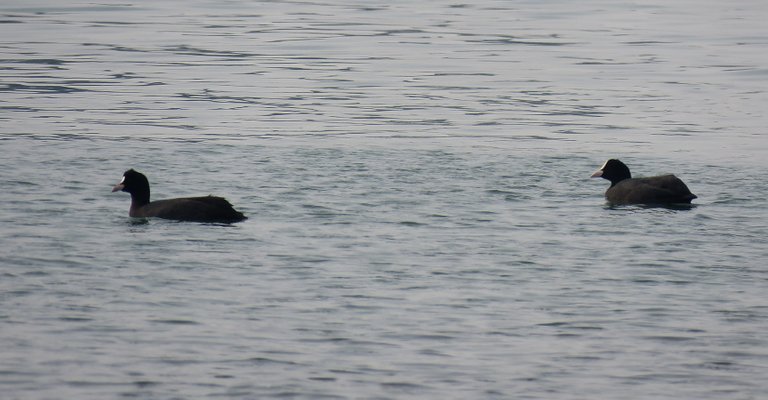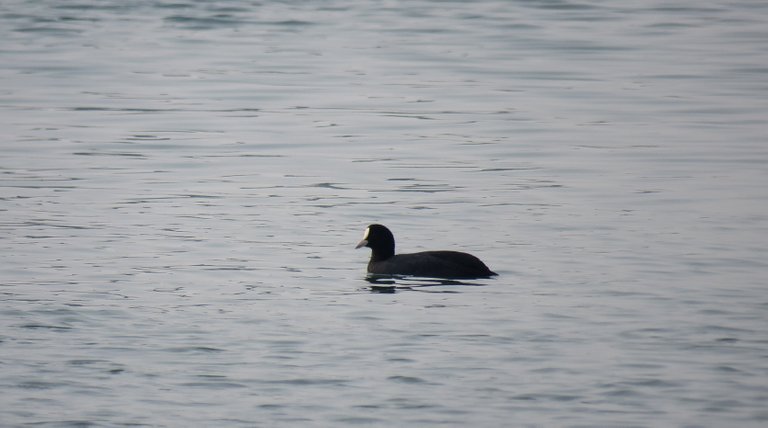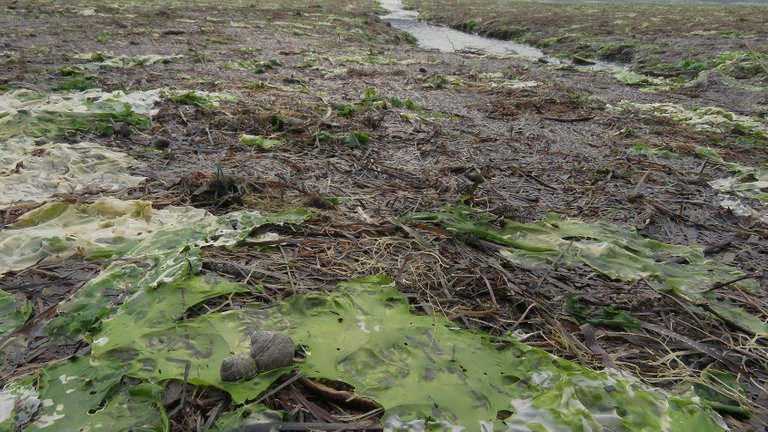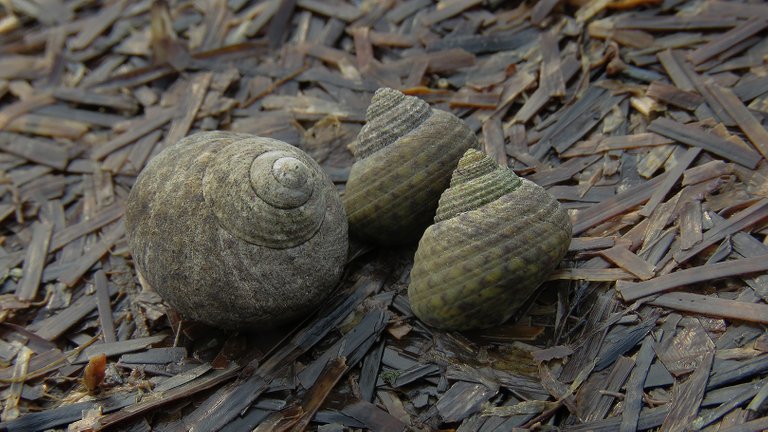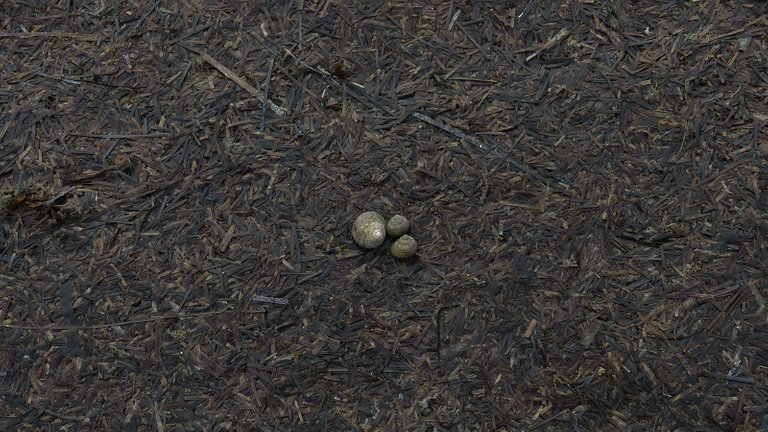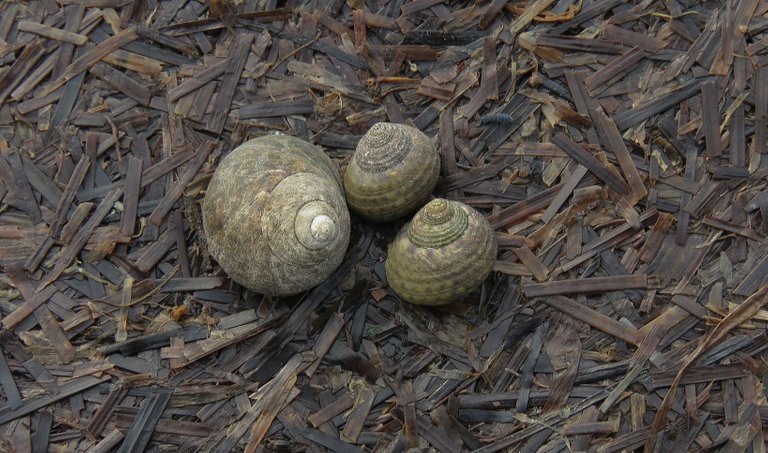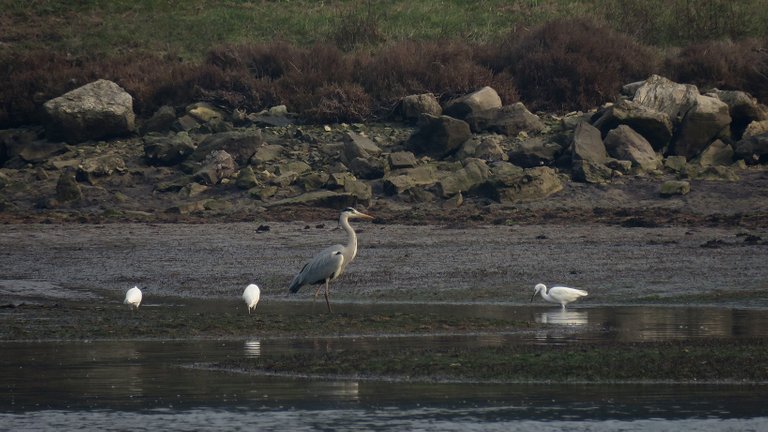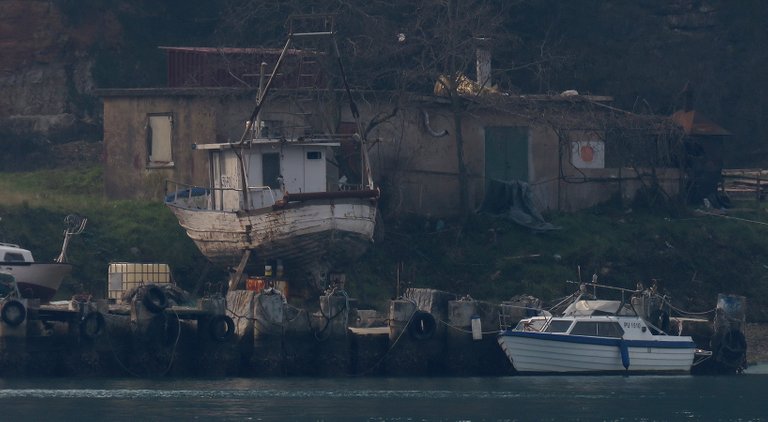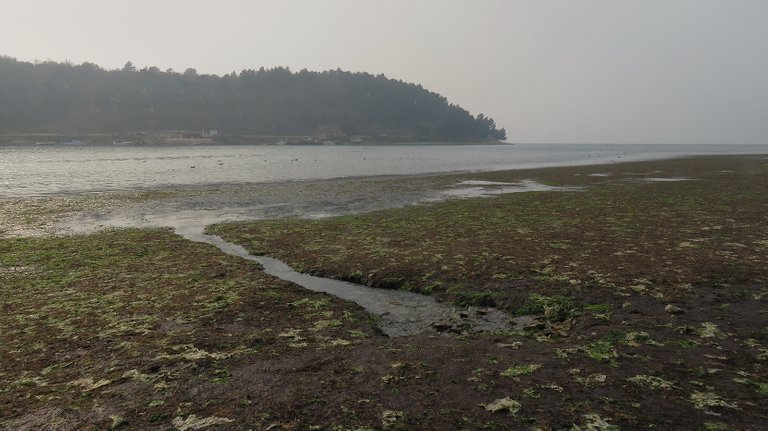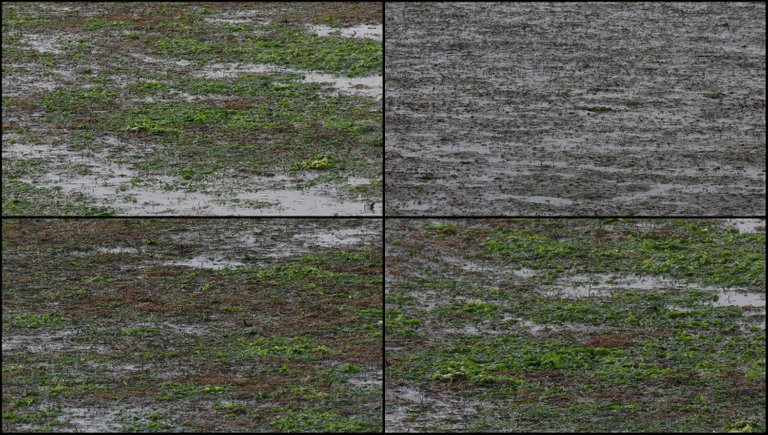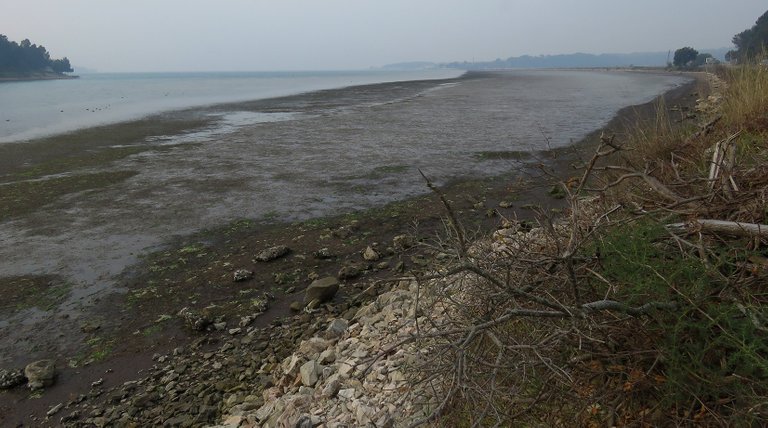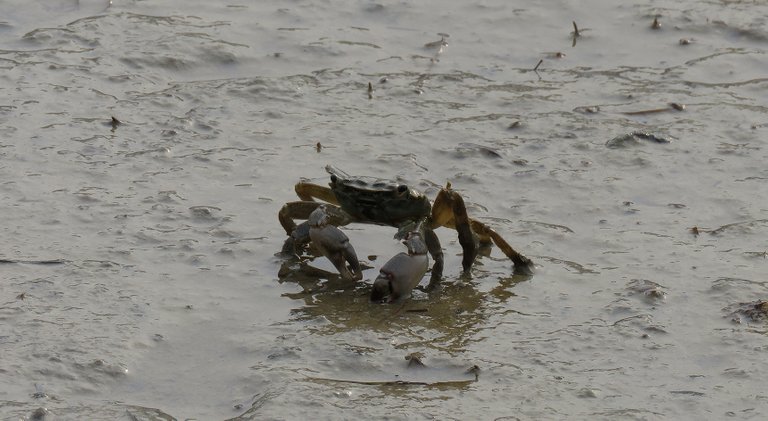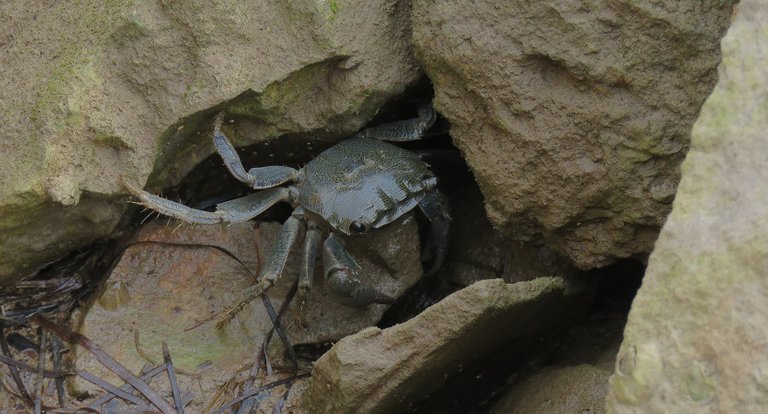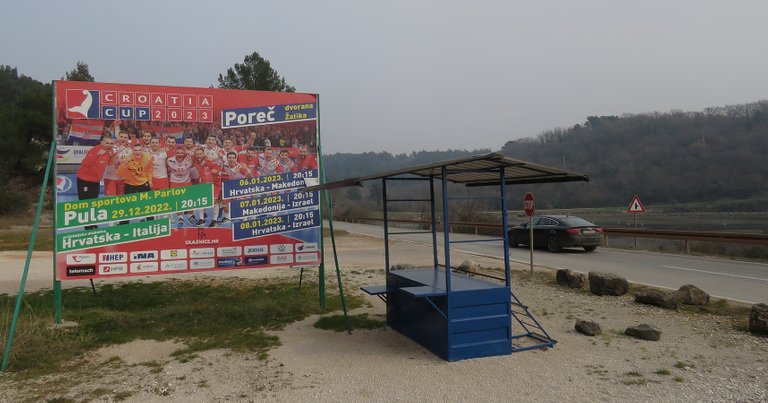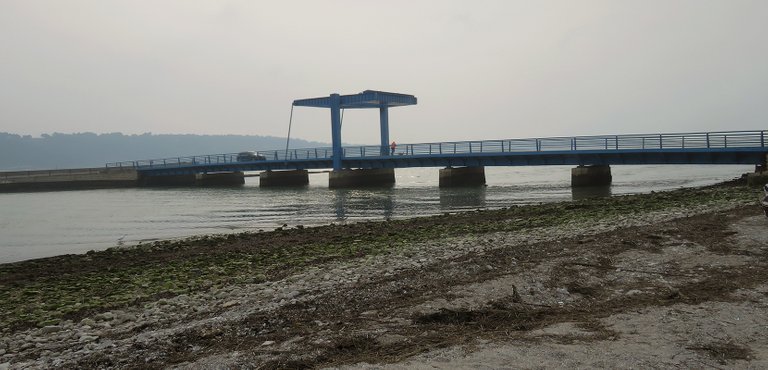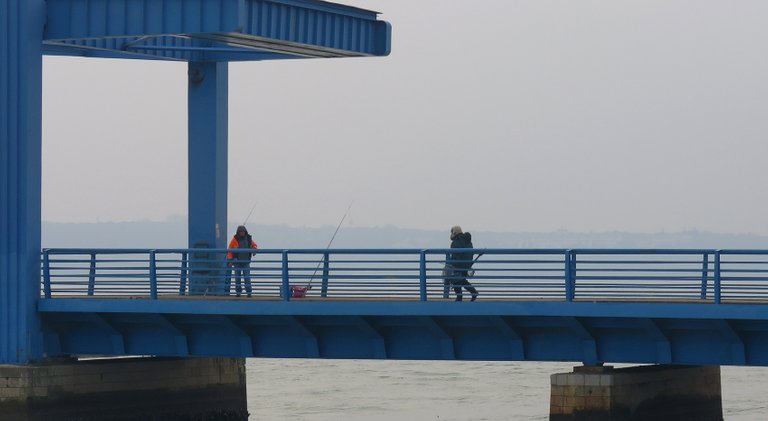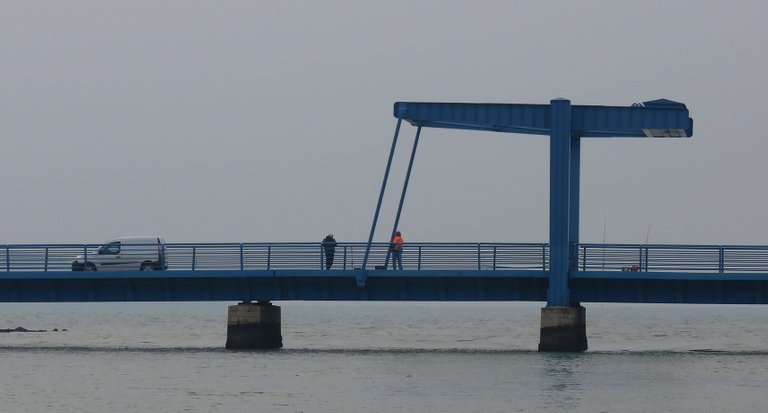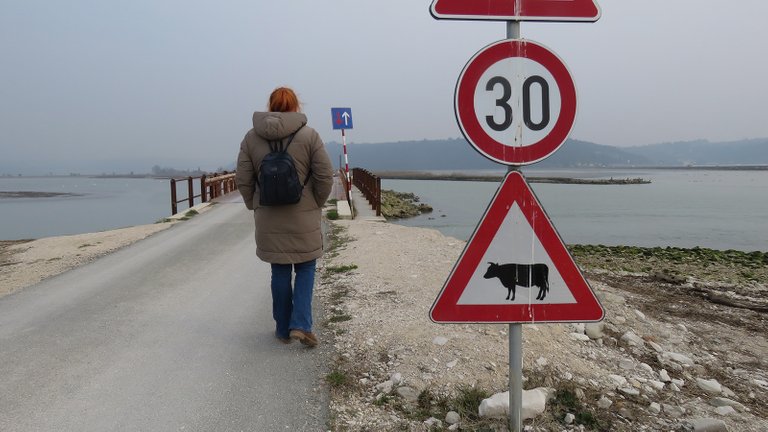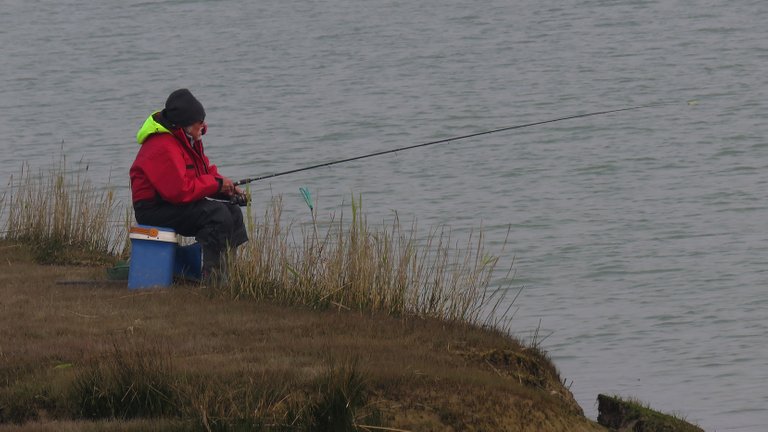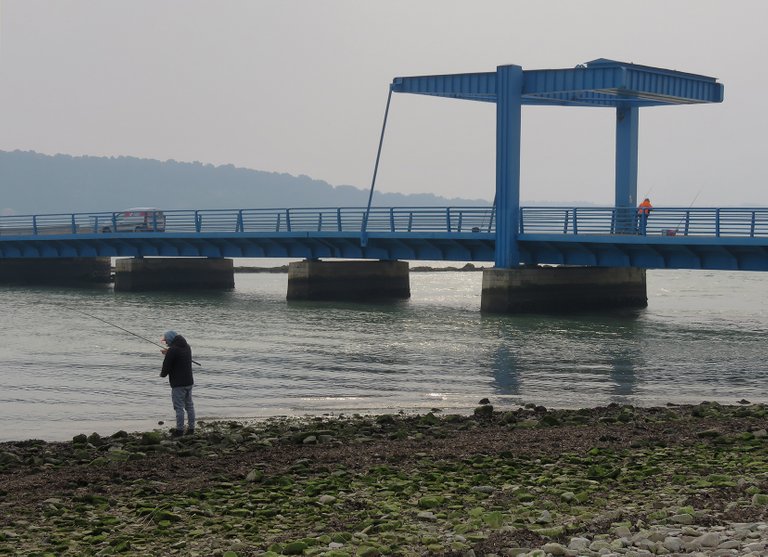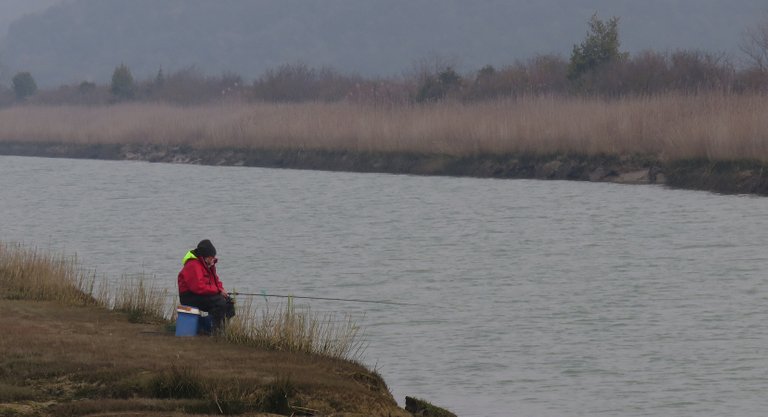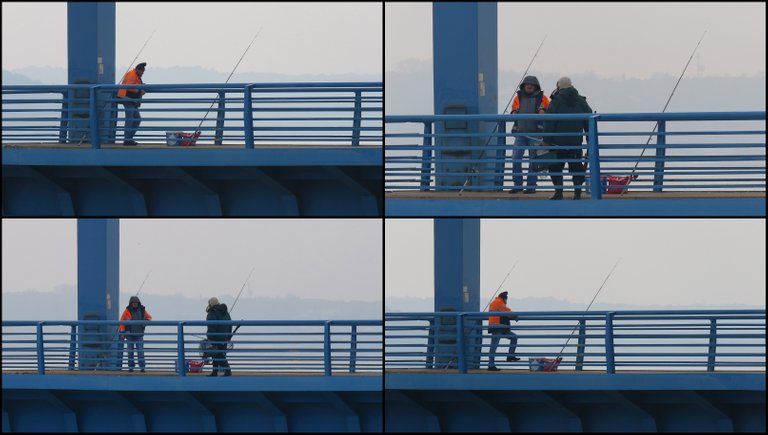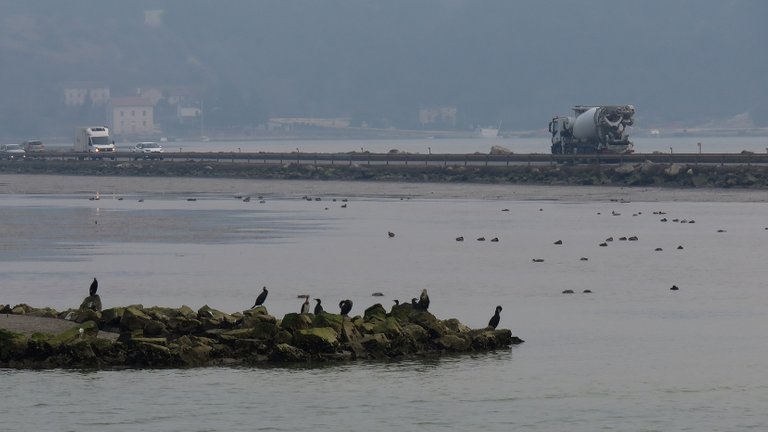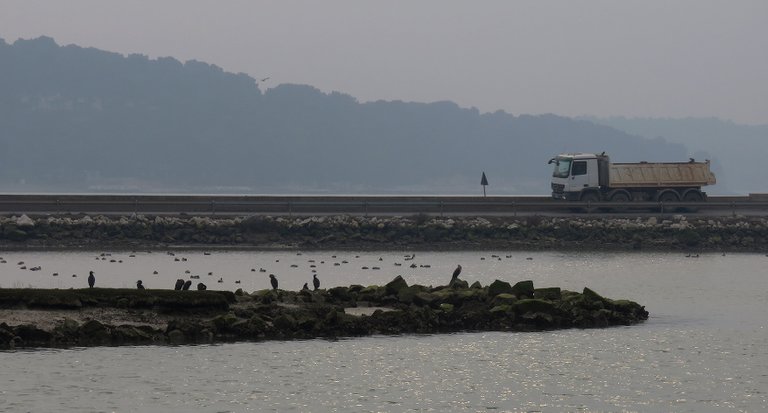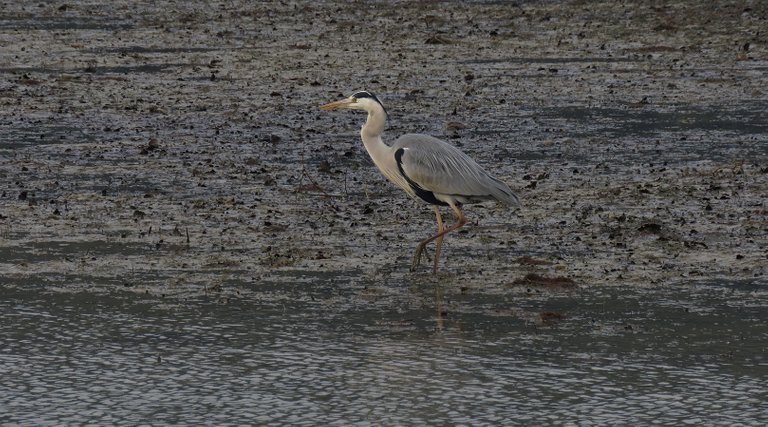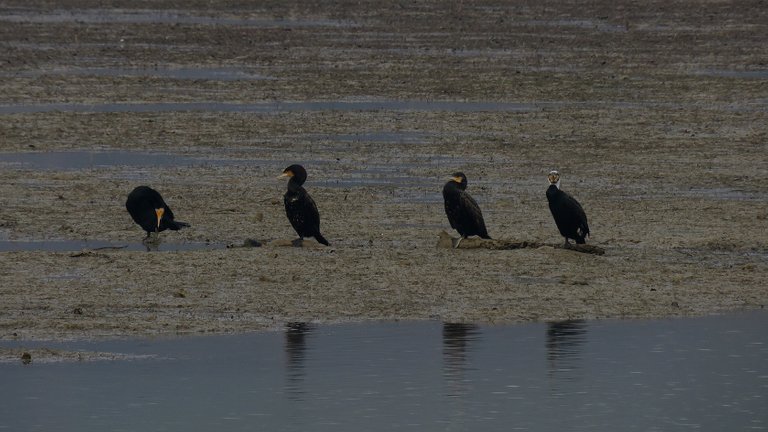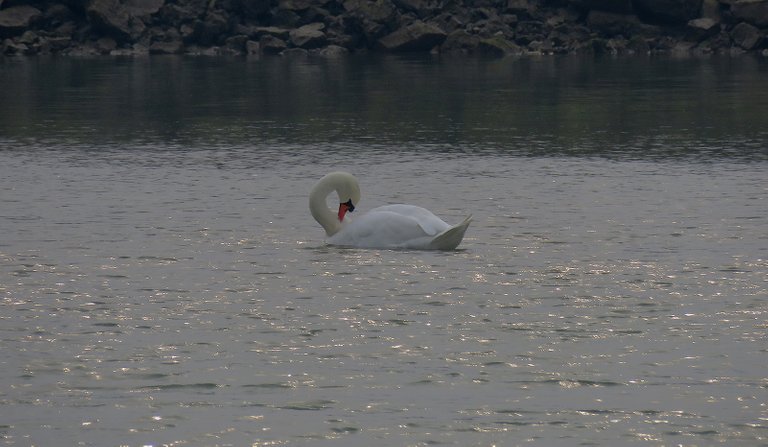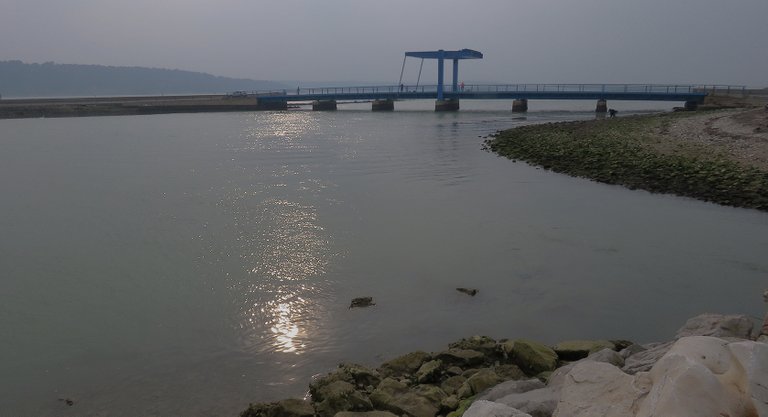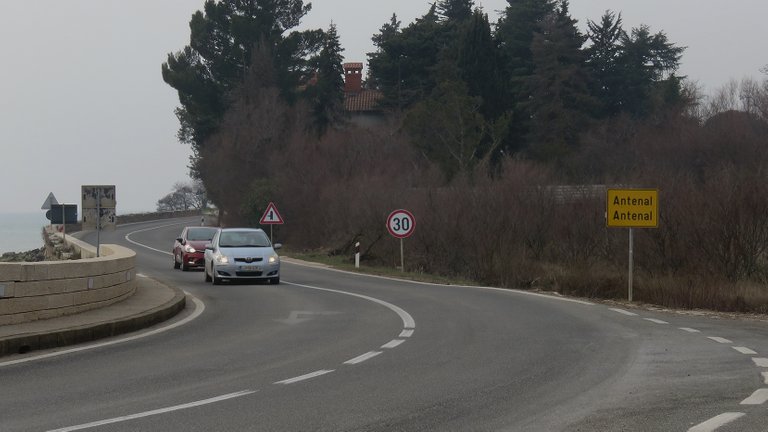Antenal is the name of the small settlement near the town called Novigrad. In my mind, Antenal is also the name of the larger surrounding area where the river Mirna flows into the Adriatic Sea. But that isn't the official name of the area, as far as I know, just the way I perceive that place.
If someone asks me where I've been on the 1st of February this year, I'll answer - in Antenal, although I didn't enter the settlement, nor did I photograph it from a distance. The only part of Antenal you'll actually see here is its town sign.
The estuary has something interesting to offer in every season, but ...
... but if birds are your main interest ...
... winter is probably the best part of the year.
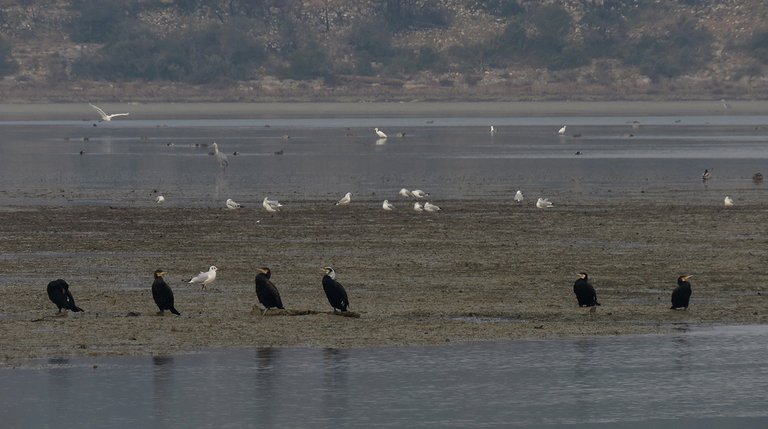
Several aquatic species overwinter in small or large groups in the brackish shallows around Antenal.
Mute swans (Cygnus olor), for example, are very common throughout most of Europe and in some other places in Croatia, but in Istra, they are a rare encounter
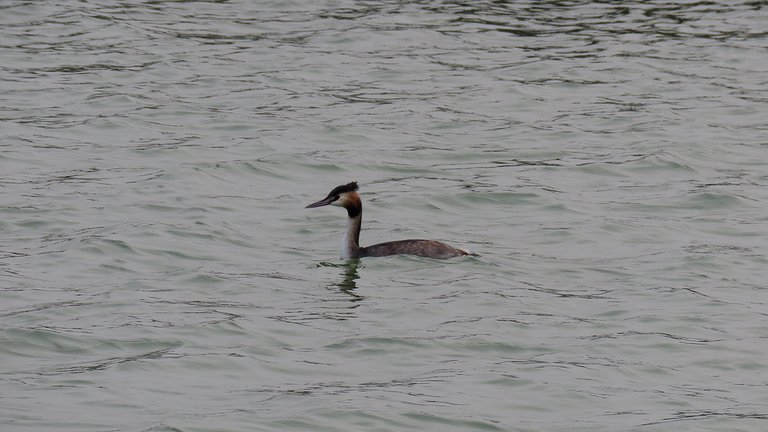
The same can be said about this bird.
The great crested grebe (Podiceps cristatus).
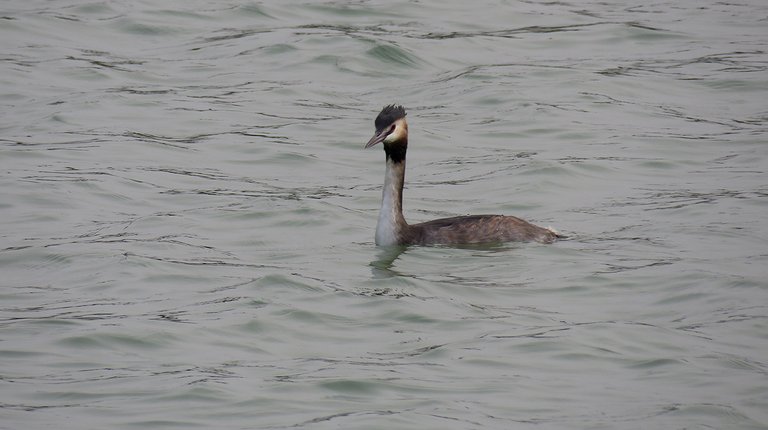
I saw it only a couple of times in nature.
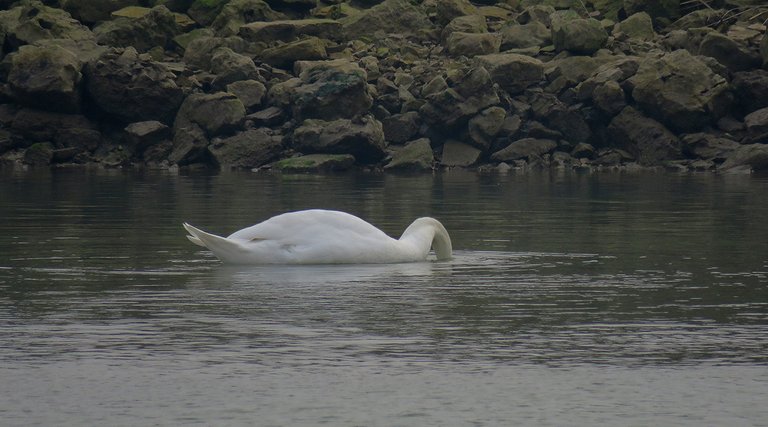
The swan in this photograph is collecting the food under the surface.
Here you can see a trio of great cormorants (Phalacrocorax carbo). All these birds ...
... were photographed at the end of the river.
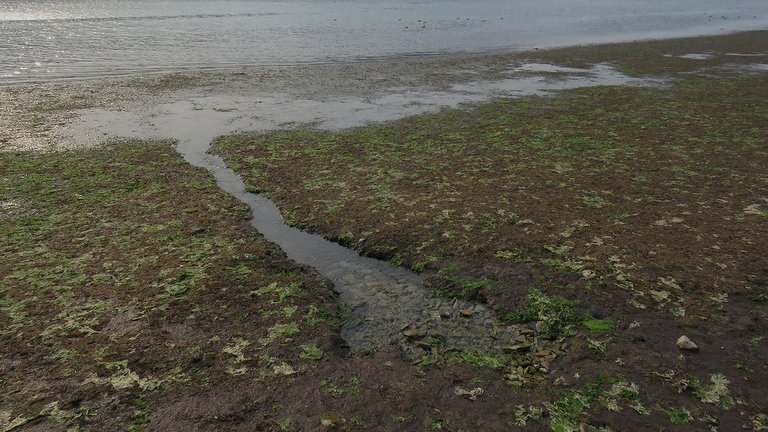
But my winter visit to the estuary started a couple of kilometers south of there.
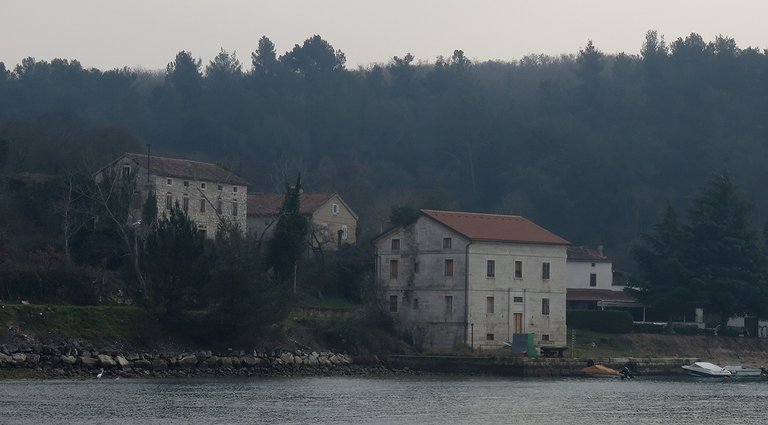
Further from the settlement of Antenal.
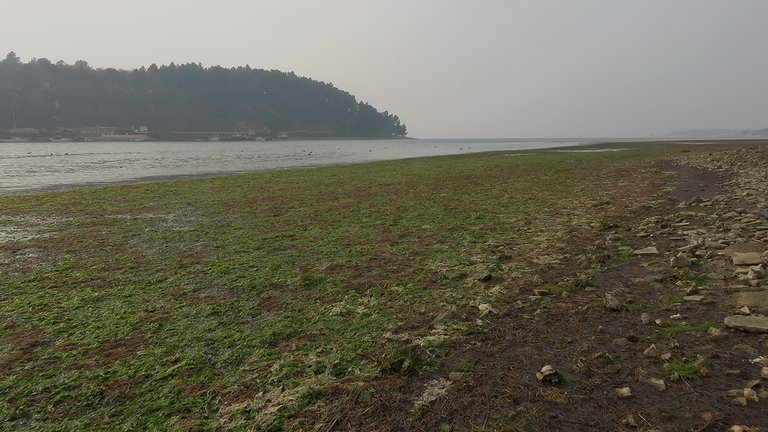
In the place called Tarska Vala.
A small seaside village ...
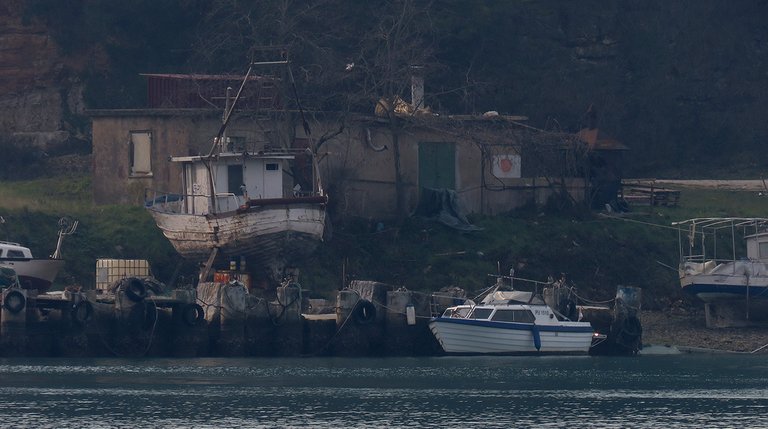
... and a harbor ...
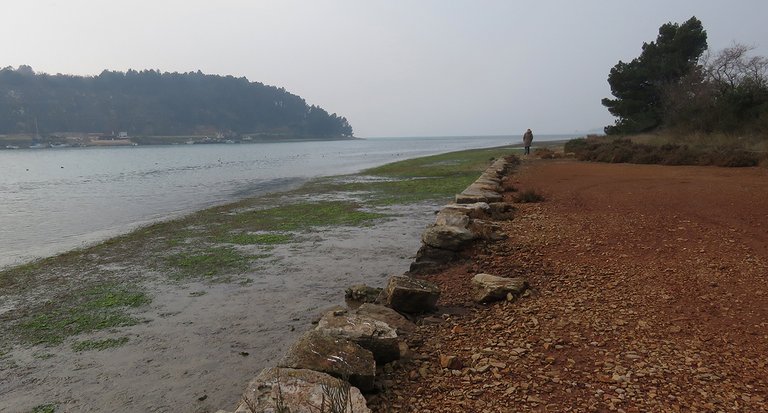
... in the fairly long, shallow arm of the sea parallel with the bay at the end of the river.
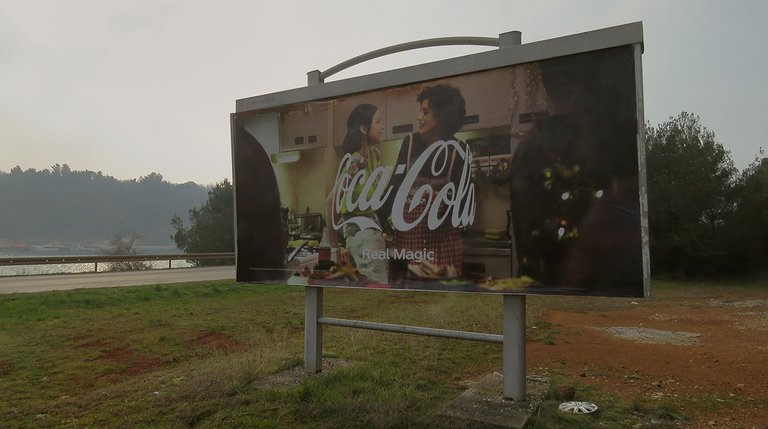
I parked in front of the billboard that was advertising Coca-Cola, crossed the street, and continued walking ...
... to the muddy shore.
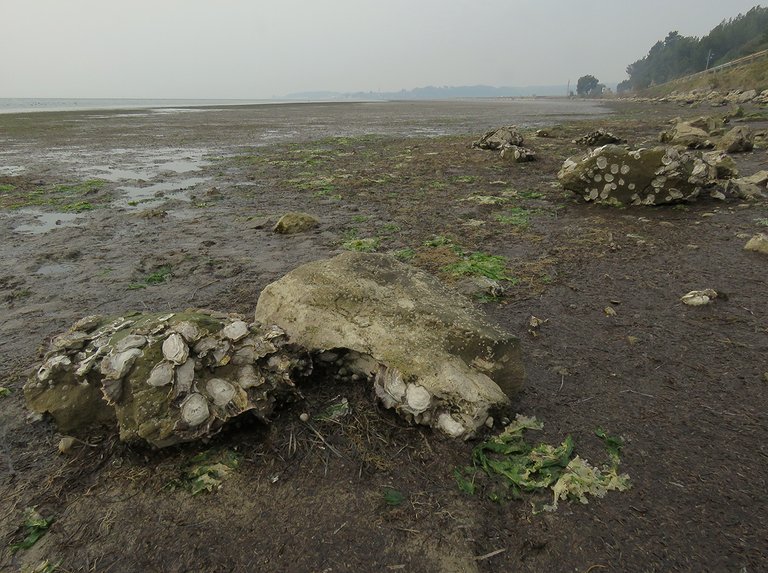
The tide was very low ...
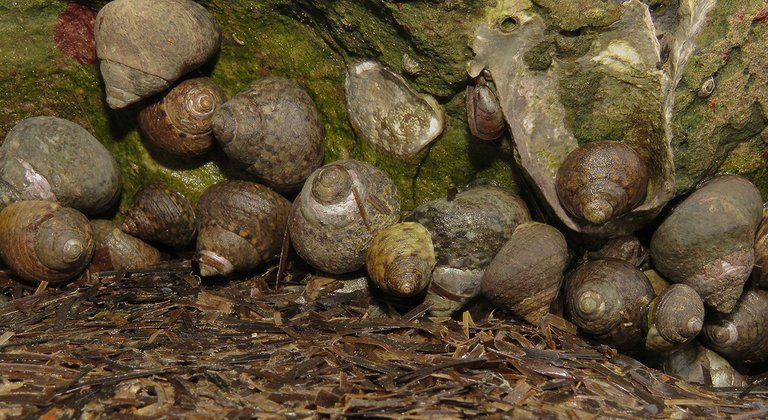
... so I found some cool details on my walk by the sea.

Here you can see a group of Phorcus turbinatus sea snails ...

... hidden at the base of one of the fairly big rocks scattered across the mud. The weather was very gloomy, so the light was pretty low everywhere, especially in the little cave-like place where the snails have congregated to wait for the change of the tide. That's why I used the flash to get these shots. They aren't too bad, but I wanted to show you the scene in natural light as well.
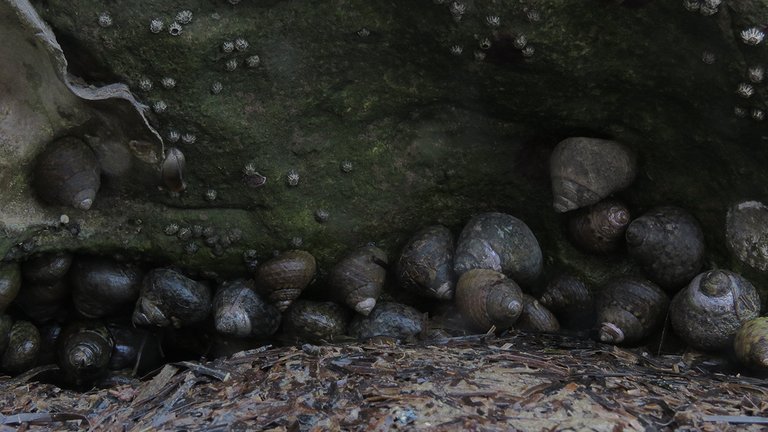
So I patiently took another photograph with much longer exposure.
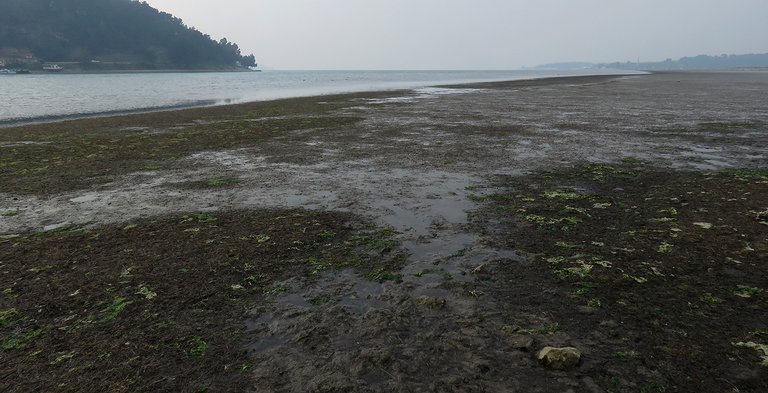
When I took another look at the scenery around me ...
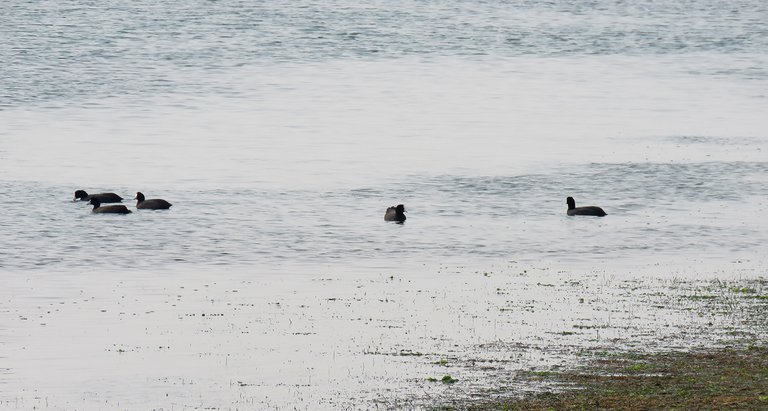
... I noticed a group of birds about a hundred meters from where I stood.
These are the Eurasian coots (Fulica atra).
A very common species in my hometown and its surroundings.
For the most part, the mud below my feet was covered with a layer of stranded algae and fragments of seagrass brought by the waves, currents, and tides.
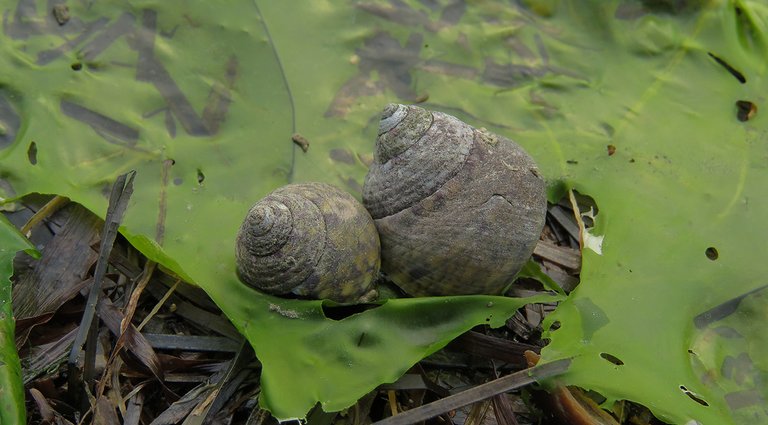
These two Phorcus turbinatus were photographed against the lovely vivid background provided by some green algae. Can't tell you the name of the species.
Here you can see three snails of the same kind ...
... laying on the soft, wet carpet made of fragments of the Zostera marina seagrass.
If you enlarge this picture by clicking on it, you may notice a springtail near the mollusks. In the following crop of the same photograph ...
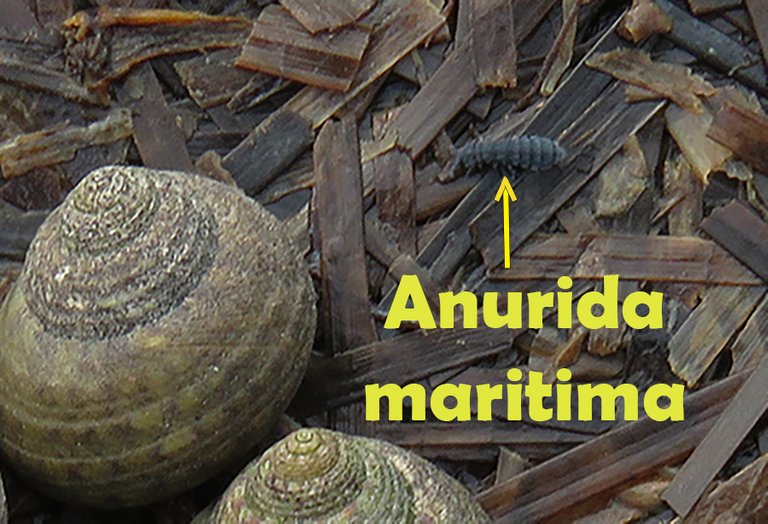
... I made noticing the springtail easier.
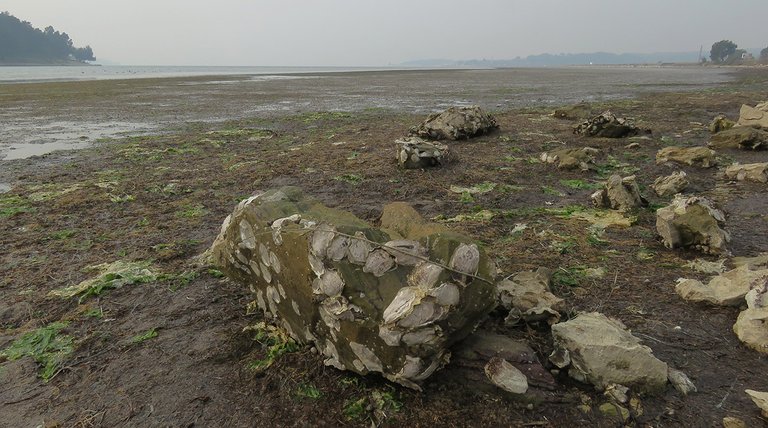
As you can see here, the rocks in the intertidal zone were covered with oysters.
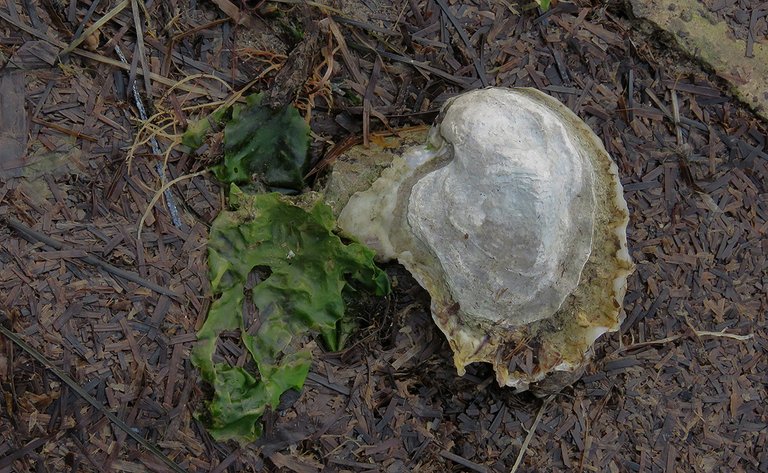
This oyster was attached to a small stone, so it looked detached from everything.
A group of herons was searching for food in the part of the bay closer to the houses of the village. You can see two species in this shot. A single grey heron (Ardea cinerea) is surrounded by three little egrets (Egretta garzetta). In the following set of eight photographs ...
... only little egrets are shown.
Here you can take another look at the small harbor. In the following photograph ...
... you can see the place on the shore, in which the underground freshwater flows into the sea. This small spring can be seen only when the tide is very low. But you'll be surely able to feel it if you take a walk across these shallows during the high tide in the summer. The freshwater is much colder than the sea in Summer.
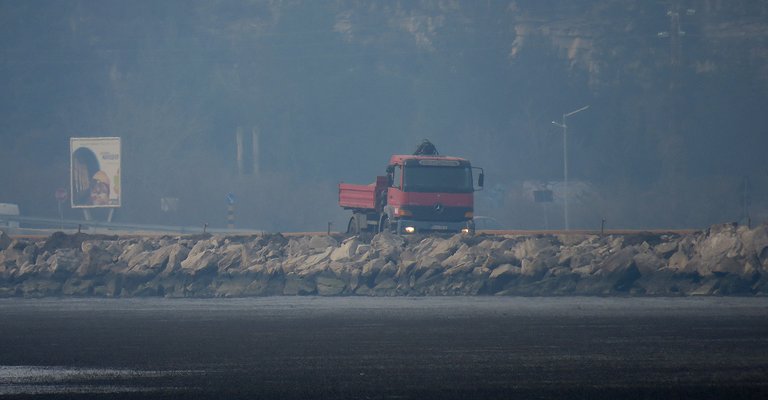
In this shot, I zoomed in on the small truck that was driving from Antenal toward me.
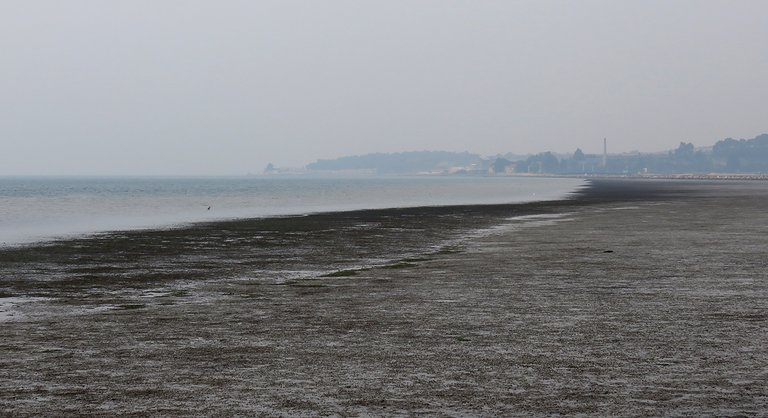
Here you can take another look at the coastal scenery. The tide was impressively low.
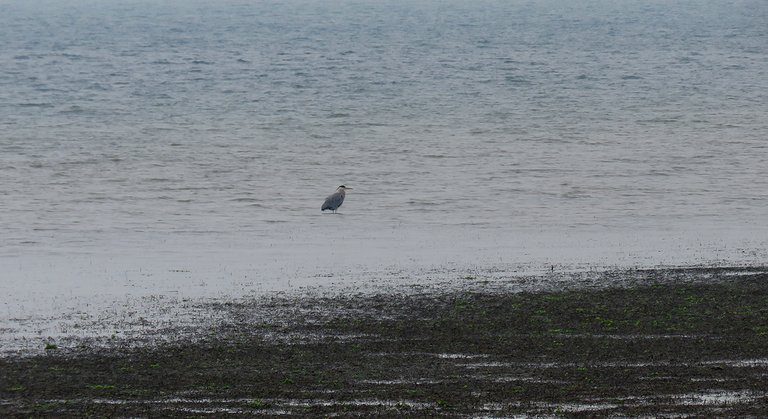
A grey heron was standing still like a sculpture in the shallow water. In the following photograph ...
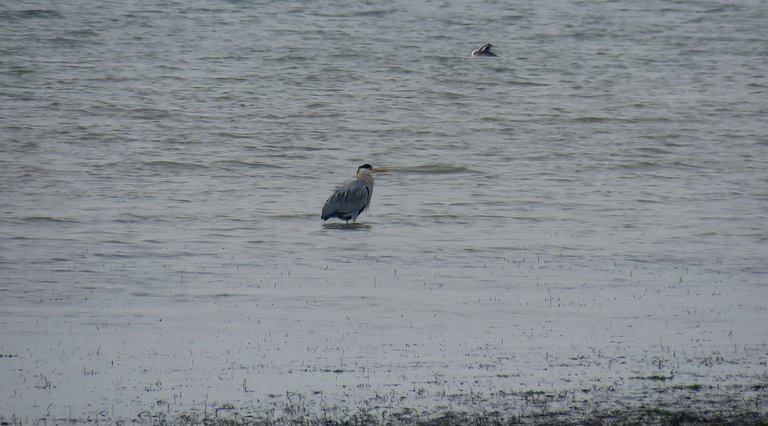
... I zoomed in to take a better look at the bird.
Here you can see the coastal textures made of mud, water, and stranded aquatic plants from the intertidal zone.
At one point, on my way back to the car ...

... I noticed a crab crawling across the mud.
Pachygrapsus marmoratus is the name of the species.

In this GIF, the crab is entering a small pool of water.
A bit further I came across another crab of the same kind.
Before entering the car and continuing toward the estuary, I photographed the other side of the billboard introduced earlier in the post.
This is the bridge Antenal.
I don't know when the bridge was built ...
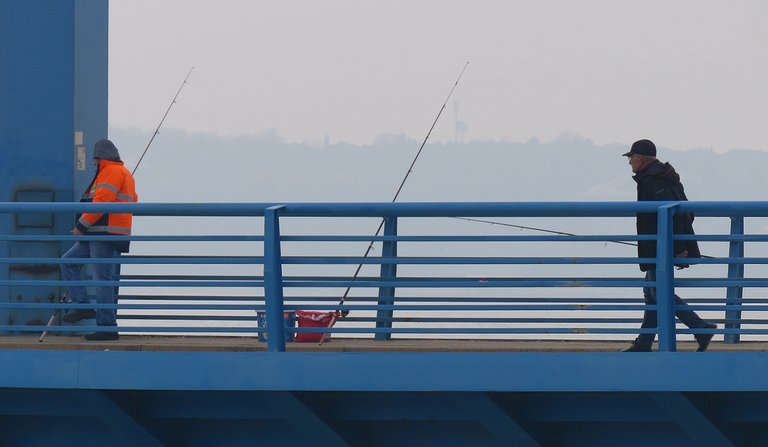
... but I found out on the Internet ...
... that it was renovated in 2007 ...
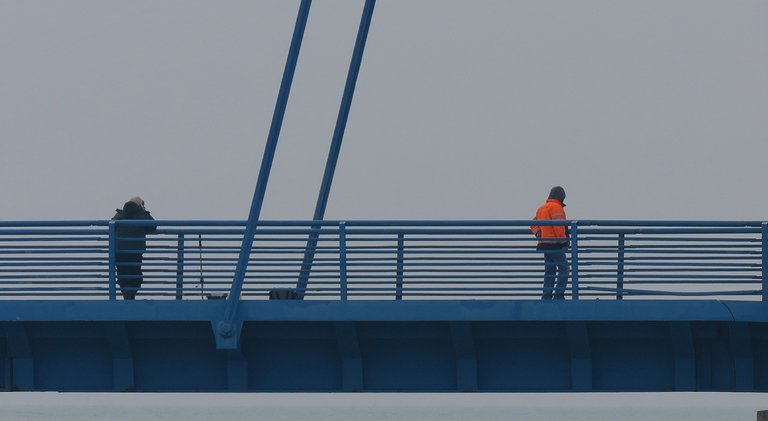
... so I suppose that its current look was established in that year.
In this shot, you can see a friend that was there with me approaching another bridge.
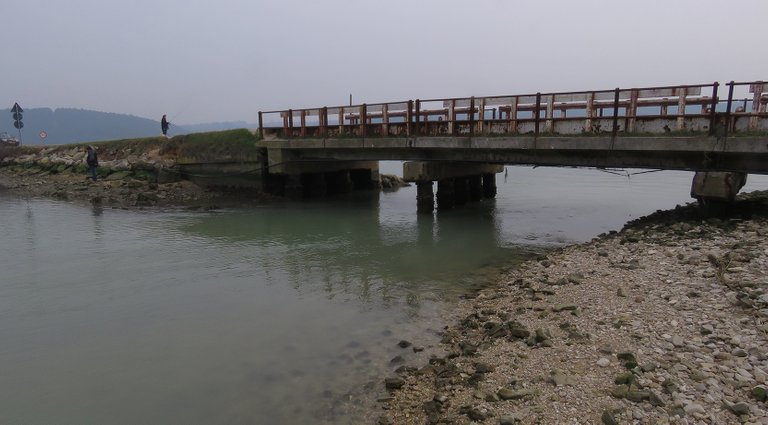
This one is much smaller.
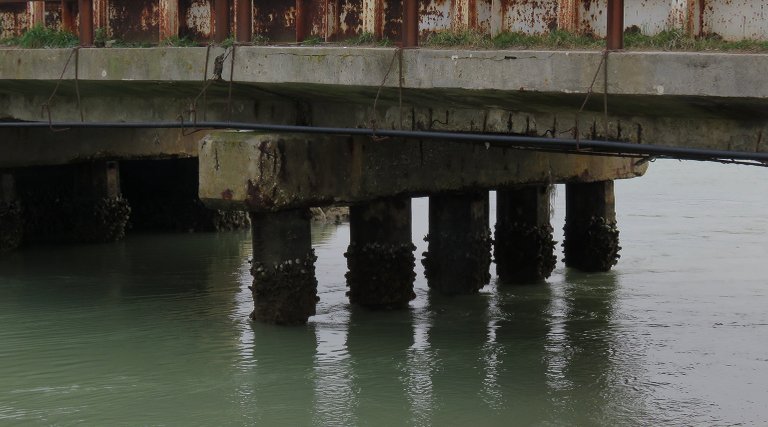
And it looks older. Or just unrenovated.
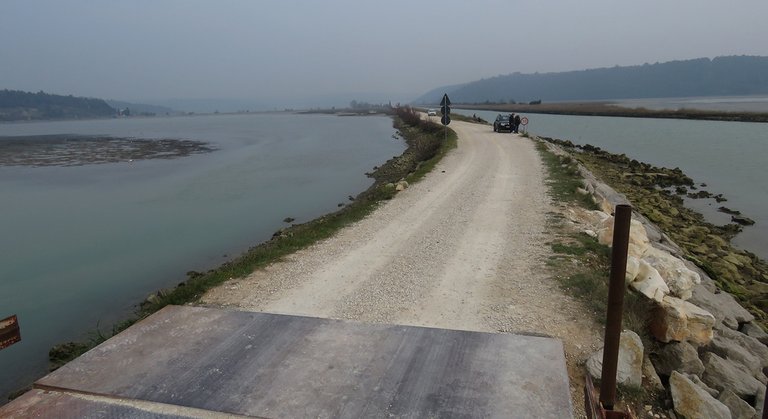
The bridge leads to the long embankment bordered by murky shallows.
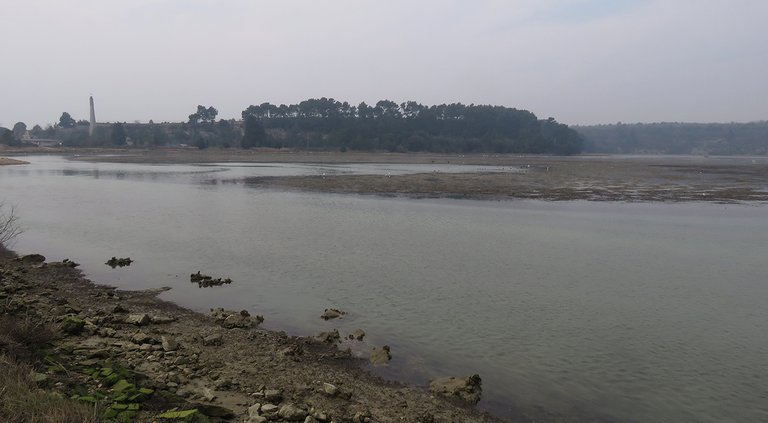
The estuary is a rich habitat ...
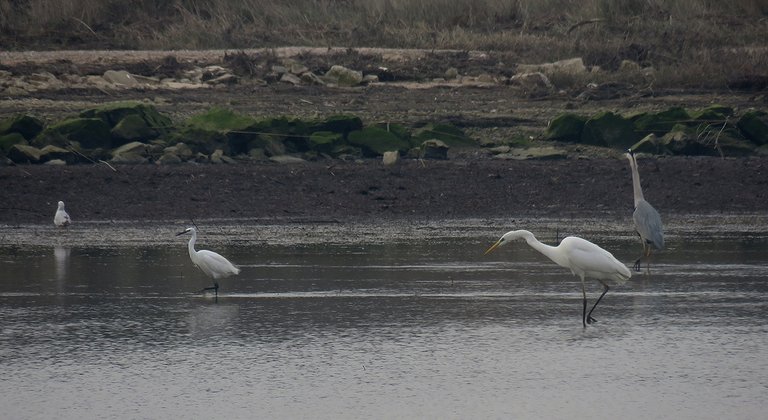
... that can feed many birds ...
... and provide the fish for the recreational anglers.

The 1st of February 2023 was a working day. Just an ordinary Wednesday.
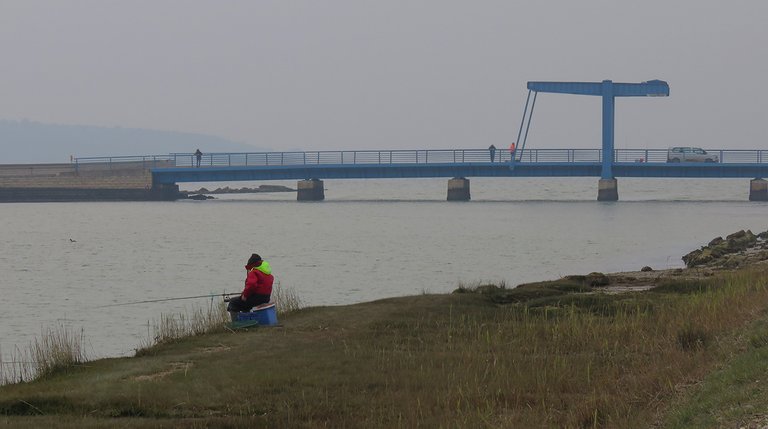
But it felt like Sunday here in Antenal.
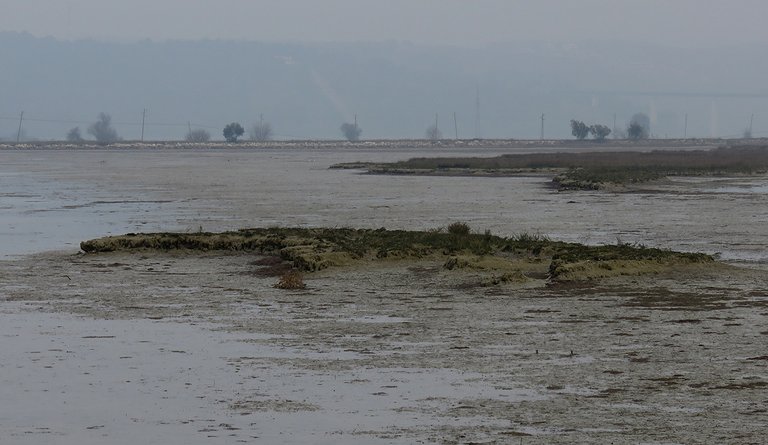
The atmosphere was very relaxed.
Quite a few people were fishing.
Some chose quiet places on the embankment.
Others were angling from the bridge ...
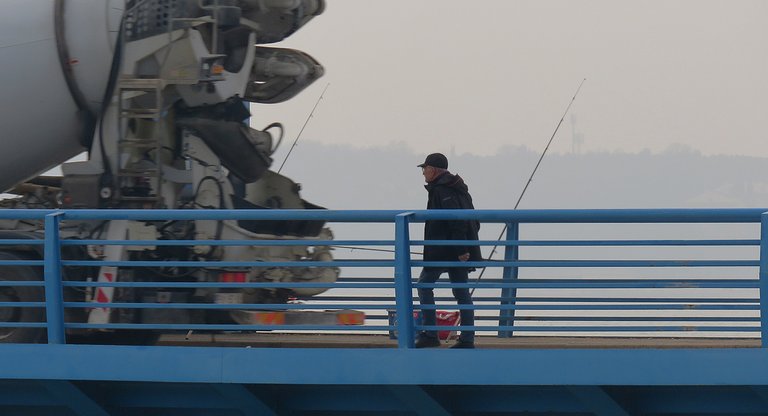
... where the trucks and cars were passing quite often.
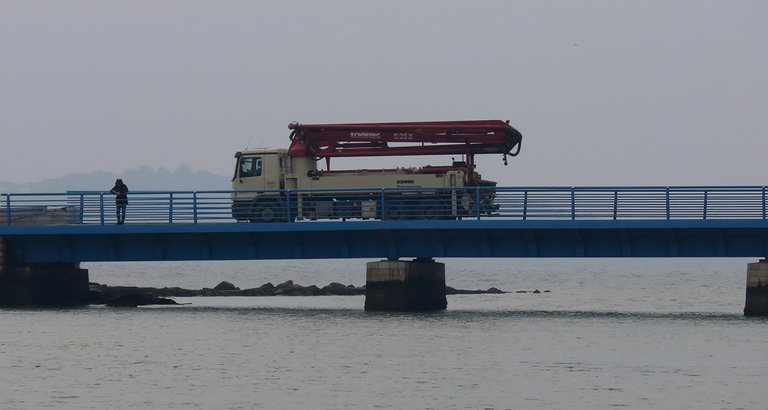
The road south of the bridge Antenal ...
... looks like a long pier.
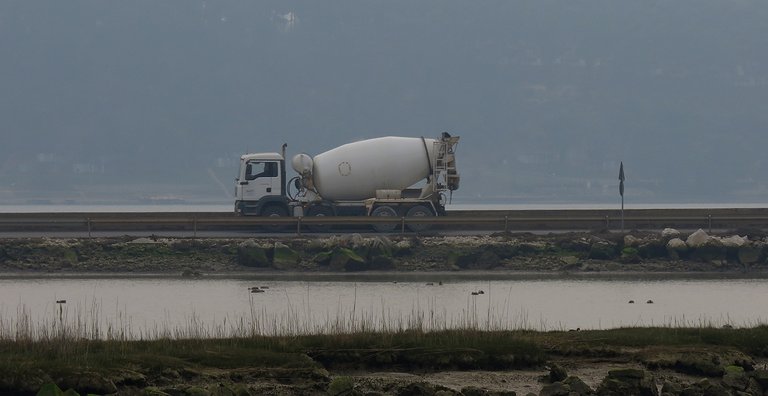
It was built on an embankment ...
... and sometimes, when the tide is exceptionally high or the wind creates bigger waves than usual ...
... it has to be closed to traffic.
You can see another grey heron here. This one was walking across the mud near the old, rusted bridge shown in the following photograph.
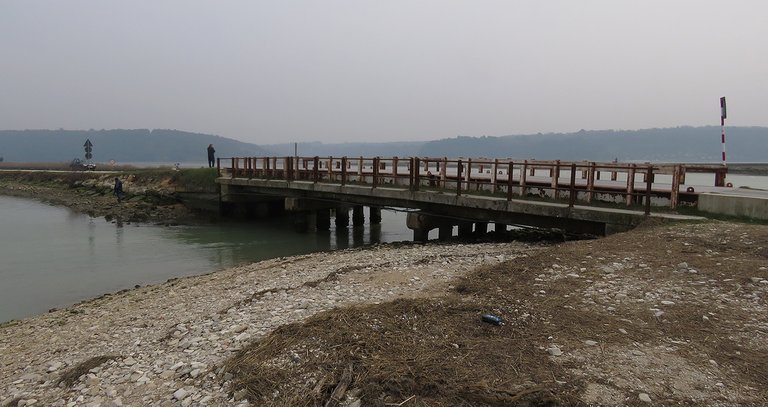
Yep. That's the bridge. You can see it here.
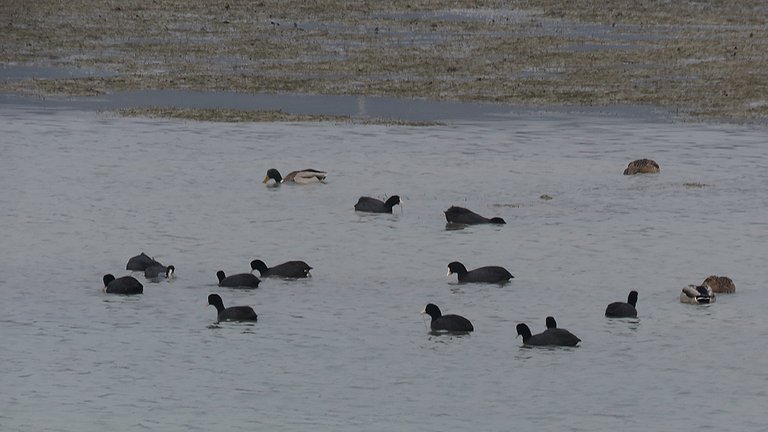
You can see a bunch of coots and mallards here.

There isn't much I can tell you about this shot. Just another look at the scenery.
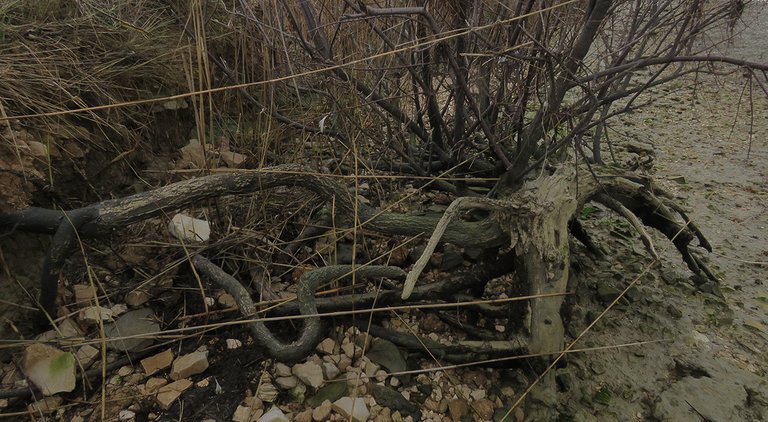
This photograph was taken a minute later, closer to the water.

An old tire was showcased in the mud fifty or sixty meters from there.
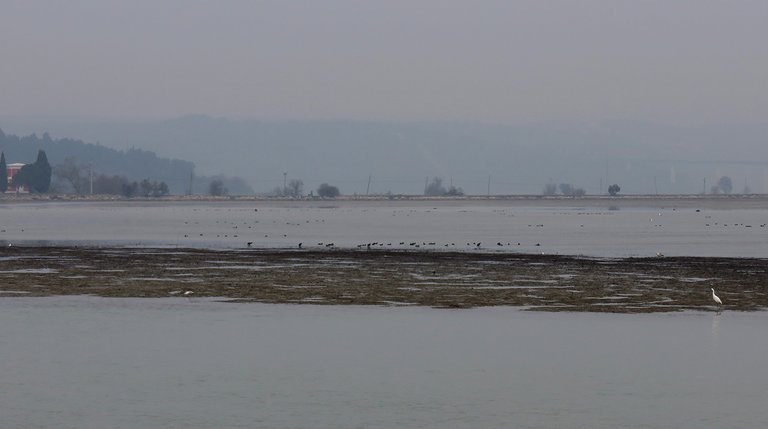
On the way back to the bridge ...
... I photographed another group of cormorants ...
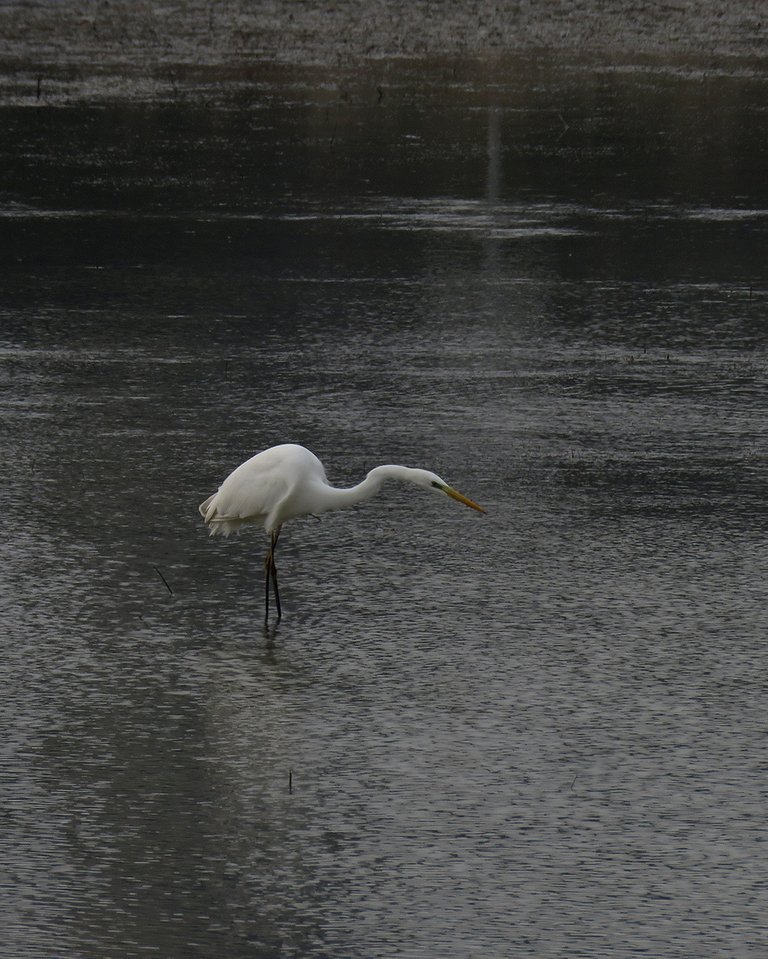
... and this great egret (Ardea alba).
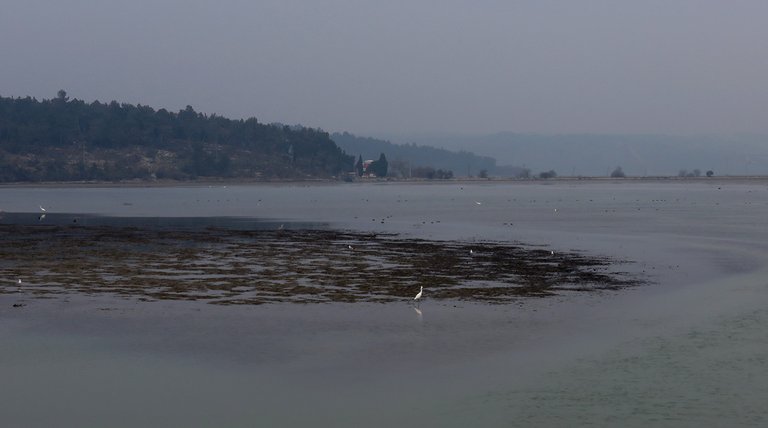
A minute or two later ...

... from the bridge ...
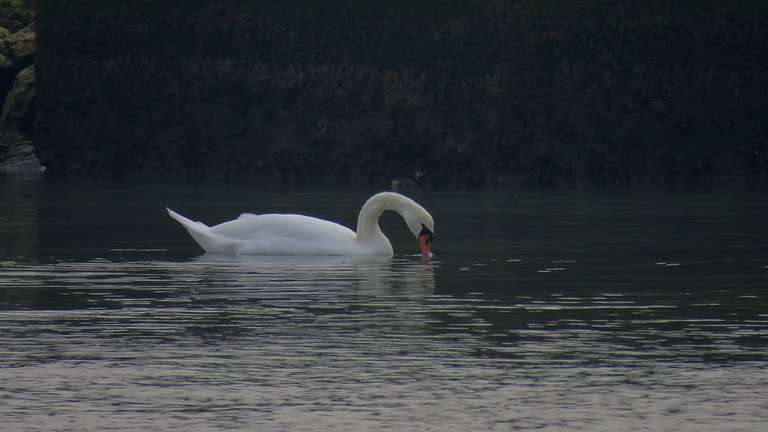
... I photographed the swans.
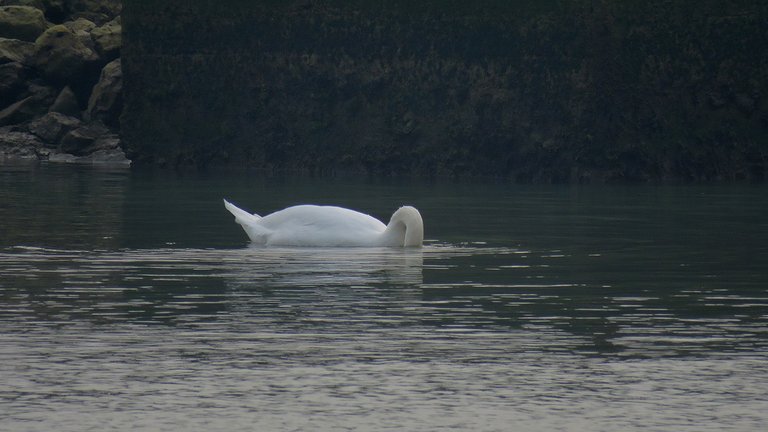
This was one of the highlights of that day for me.
At one point, while I was observing the swans ...
... the disc of the sun appeared for a moment in the sky and put a bit of glitter on the surface of the water.
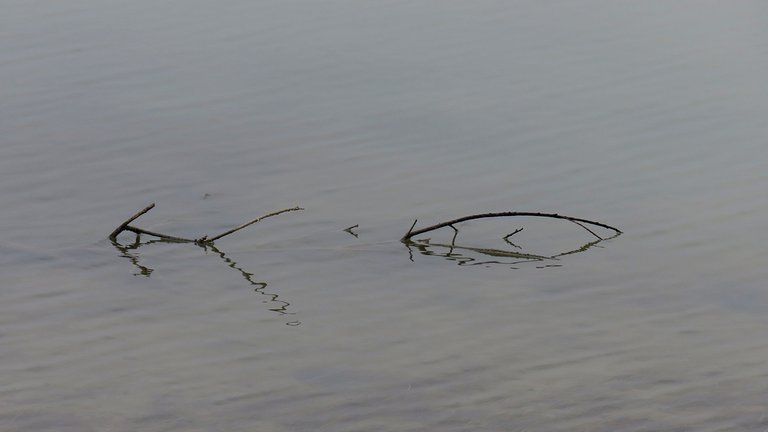
Half an hour later ...
... when I was ready to drive back home ...
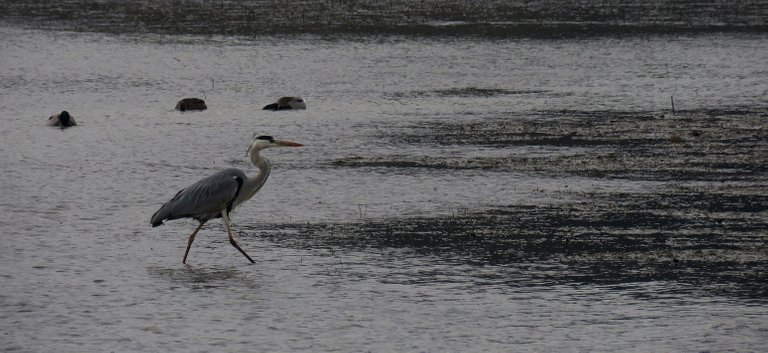
... the weather was uniformly cloudy again.
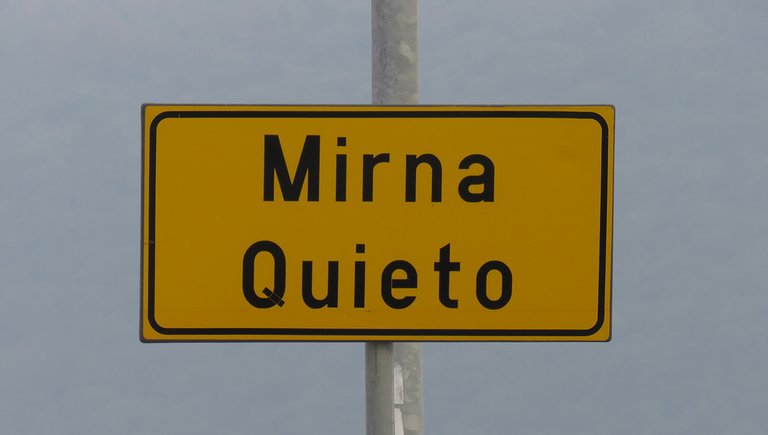
And that's it.
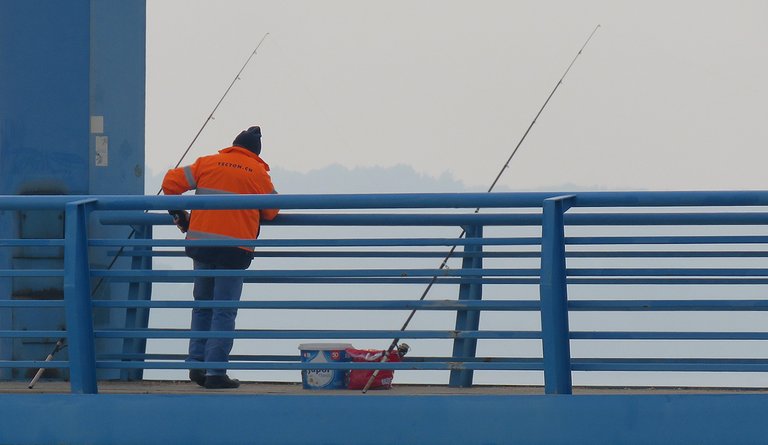
I have nothing else to say. No more pictures to show.
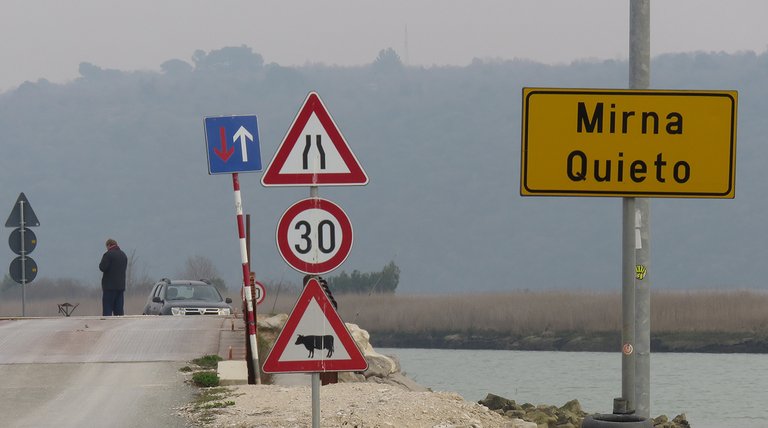
AS ALWAYS HERE ON HIVE, THE PHOTOGRAPHS ARE MY WORK.
